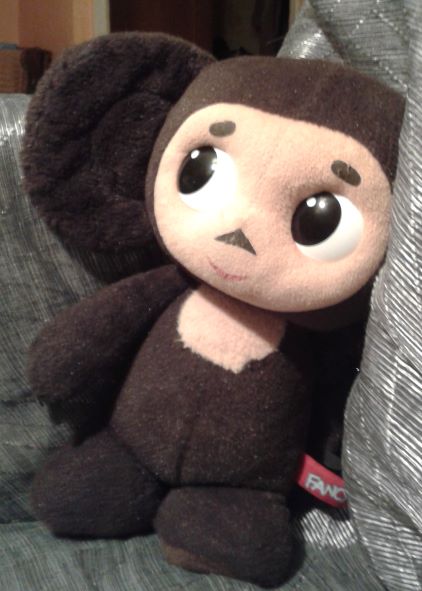
Instructions
- Prepare a set of vocabulary sets for example: characters, adjectives, verbs, places, objects and animals, one, two or three per team of students. Cut these up and put them in the envelopes. I have used a set like that one here.
- Prepare a treasure hunt around the classroom or the school. Students will walk around the school, as a whole group, they will be looking for the clues. At each station, they will collect their words, for example station 1: a character or two characters, station 2: a verb or two verbs etc.
- Divide the students into pairs or groups of three.
- Go on the treasure hunt, collect the cards.Take a set for yourself, it will come in handy for modelling and giving instructions in the second part of the activity
- Once back in the classroom, let the kids sit with their partner. Check out that the kids have all the cards, ask ‘Have you got a character?’ and let the kids call out their words.
- Explain that all these words come from a story. Tell your story using all your words. The structures used will depend on how advanced the students are. With my A1 students, we used only Present Simple and Present Continous.
- It might be a good idea to write the key structures on the board, to support production.
- Students are asked to work in pairs and prepare for telling their story.
- Students tell their stories to the rest of the class.
- For homework, students are asked to draw their character(s) or an illustration to their story.
- In the following lesson, they show their pictures and talk about them. All the pictures are put on display in the classroom.
Why we love it
- The treasure hunt was an adventure in itself and it gave us an opportunity to use preposions of place in a real context and to practise our reading skills.
- The students were given a chance to work in pairs and giving them the time to prepare really made a difference. The basically told the story twice, first in pairs, while getting ready, then once more while retelling the story to the rest of the class.
- All the cards were displayed on the table and while telling the story, we were putting the cards back into the boxes in which we were collecting them during the treasure hunt. This small trick added a small kinesthetic element to the story and it helped them to remember to use all the words.
- The treasure hunt element can be skipped and the cards can be used on their own. It will definitely minimise the preparation time. The cards can be re-used, too and students can choose their own characters, objects, verbs etc.
- In the future, when the stuents become a lot more comfortable with the format of the task, I would want them to mingle and tell and retell their stories in pairs, to ensure that everyone is producing the language.